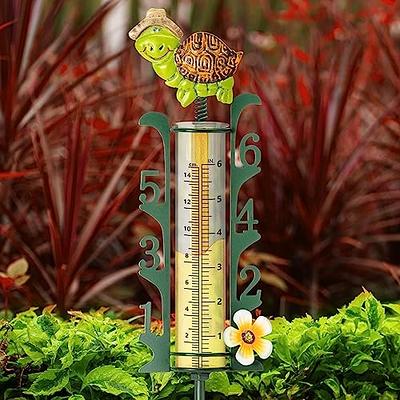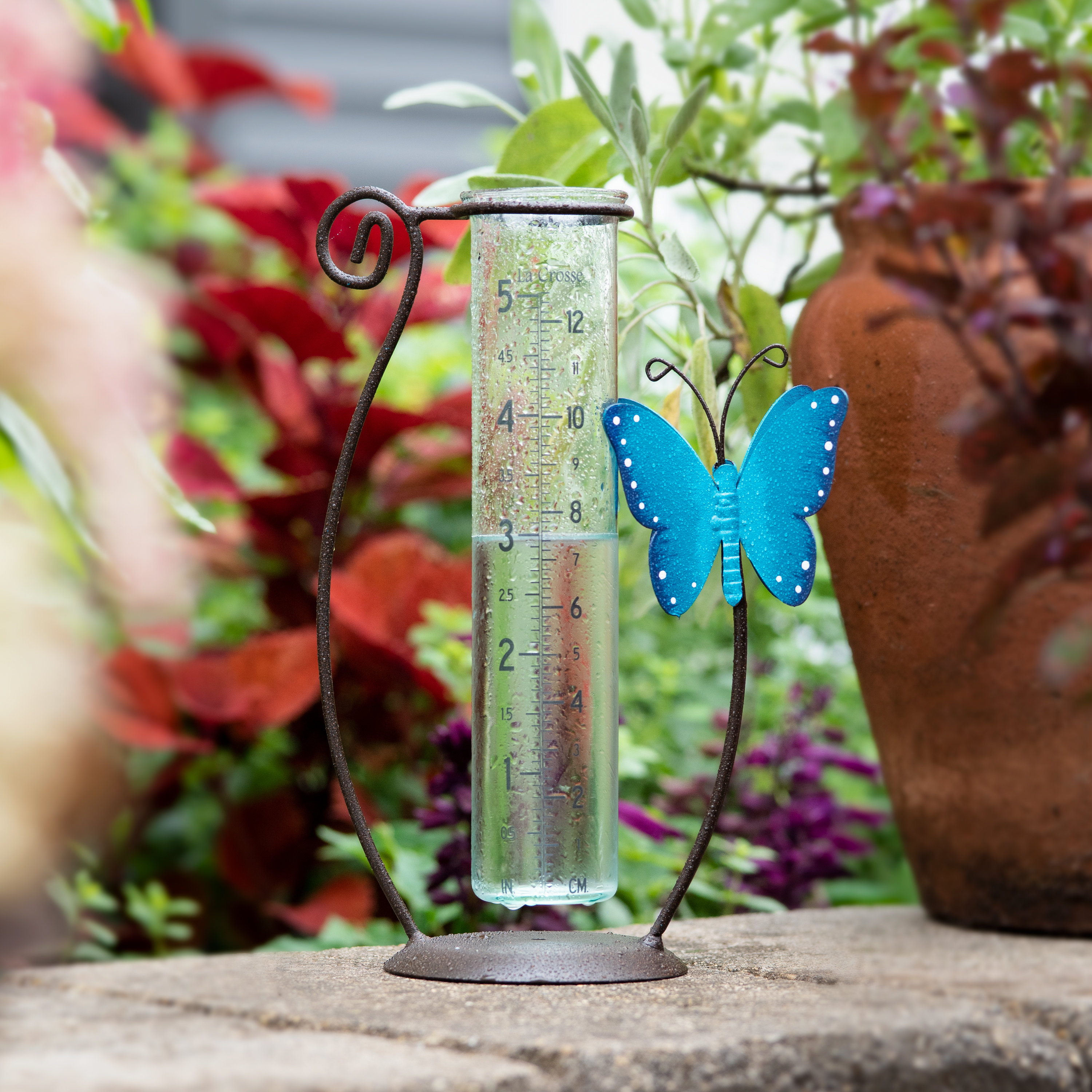The Rain Gauge: Decoding Rainfall Patterns and Enhancing Weather Condition Recognition
The Rain Gauge: Decoding Rainfall Patterns and Enhancing Weather Condition Recognition
Blog Article
Exactly How to Select the Right Rainfall Scale for Accurate Rainfall Data
To acquire trusted measurements, it is important to select the best rainfall gauge. Taking into consideration variables such as area, type, and accuracy of the rain scale will certainly assist guarantee specific information collection. Furthermore, recognizing the maintenance and calibration treatments will contribute to the longevity and dependability of your rain scale.
Relevance of Selecting the Right Rainfall Scale
The importance of choosing the best rain gauge exists in obtaining trustworthy and precise rains data for precise meteorological analysis. Rainfall data is critical for a large range of applications, consisting of weather forecasting, hydrological modeling, and environment study. Incorrect or unstable data can cause erroneous final thoughts and flawed decision-making procedures.

Second of all, the accuracy and accuracy of the rainfall gauge are paramount. The scale should be able to gauge rains with high accuracy, capturing also little quantities of precipitation precisely.
Moreover, the area and installment of the rain scale are essential considerations. It must be positioned in an open location, away from obstructions that can influence rainfall dimensions. The gauge must be positioned at an ideal elevation and angle to avoid splashing and ensure appropriate catchment of rainwater.
Elements to Take Into Consideration When Picking a Rainfall Gauge
When choosing a rain gauge, there are several essential variables to think about. There are different types available, consisting of common rain determines, tipping bucket rainfall determines, and considering rain determines.
Another aspect to consider is the product of the rainfall scale. Rainfall gauges can be constructed from various products, such as plastic, steel, or glass. The material chosen need to be resistant and sturdy to weather, guaranteeing that the rain gauge will certainly hold up against the components and give precise measurements gradually.
Precision is additionally an important element to think about. Seek rain determines that have been adjusted and tested for accuracy. Attributes such as anti-splash rings and funnels can likewise enhance the accuracy of the dimensions.

Last but not least, take into consideration the climate and setting in which the rainfall gauge will be utilized. Different rain gauges appropriate for various environments, so it is very important to select one that is suitable for the problems in your location.
Different Kinds Of Rainfall Evaluates Readily Available
To even more check out the aspects to think about when selecting a rainfall scale, it is essential to understand the various kinds of rainfall gauges available. The most common kind is the basic rainfall gauge, also understood as the cylindrical rain scale.
Another type of rainfall scale is the tipping pail rainfall scale. As the rainfall falls into the scale, it loads up one side of the pail, creating it to empty the water and tip.
A 3rd kind of rain gauge is the weighing rainfall scale. This gauge makes use of a balance system to measure the weight of the accumulated rains. As the rain falls right into the scale, it is accumulated in a container attached to an equilibrium. The weight of the water is measured, and the rains quantity is determined based on the weight. Weighing rainfall determines are highly exact however can be more pricey and need regular maintenance.
Ultimately, there are likewise remote rain determines that usage advanced modern technology to determine rains (The Rain Gauge). These evaluates use sensors and transmitters to send information wirelessly to a main system. Remote rainfall evaluates are convenient for keeping an eye on rainfall in hard-to-reach locations or for large data collection
Exactly How to Determine the Precision of a Rainfall Gauge
One means to evaluate the precision of a rain scale is by carrying out regular calibration dimensions. Calibration entails contrasting the readings of a rain gauge to a basic measurement, such as a certified rainfall gauge or a weather condition terminal with high accuracy. By contrasting the measurements, any type of disparities or inaccuracies in the rain gauge can be recognized and accounted for.
To conduct a calibration measurement, begin by accumulating rains information from both the rainfall gauge and the typical dimension gadget over a details time period, such as a month. Then, compare the readings and determine the distinction in between them. This distinction is referred to as the calibration mistake.
It is essential to keep in mind that calibration dimensions should be executed routinely, as environmental aspects, such as wind, debris, and temperature, can impact the accuracy of the rainfall gauge gradually. By carrying out routine calibrations, any kind of changes in the accuracy of the rain scale can be detected and adjustments can be made appropriately.
Along with calibration, it is additionally advised to clean and preserve the why not try these out rain gauge on a regular basis to guarantee its accuracy. Eliminate any kind of particles or obstructions that may impact the accuracy of the measurements, and look for any kind of indications of damage or put on that may need fixings or replacement.
Tips for Preserving and Adjusting Your Rain Gauge
Normal maintenance and calibration are crucial for guaranteeing the accuracy and integrity of your rainfall scale in measuring rains information (The Rain Gauge). By complying with a couple of basic pointers, you can ensure that your rainfall scale is appropriately kept and calibrated
First of all, it is very important to cleanse your rain gauge consistently to avoid any type of debris or dirt from blocking the rain collection system. Make use of a soft brush and a light detergent to delicately cleanse the inside and beyond the gauge. Rinse it Full Report completely with tidy water and permit it to dry totally before reinstalling it.
Secondly, it is suggested to adjust your rain scale a minimum of annually. Calibration entails contrasting the measurements of your rainfall gauge with those of a relied on and exact recommendation gauge. This will aid you determine and fix any type of prospective errors in your rainfall scale's measurements.
To adjust your rainfall scale, collect a known quantity of water utilizing a determining container and compare it with the dimensions recorded by your rain gauge. Readjust the analyses as necessary to guarantee precision.

Final Thought
In verdict, picking the appropriate rainfall gauge is important for obtaining exact rains data. Elements such as spending plan, function, and location need to be taken into consideration when selecting a rainfall gauge.
There are different kinds offered, including standard rain assesses, tipping bucket rain gauges, and weighing rain assesses.To additionally explore the factors to think about when selecting a rainfall gauge, it is important to recognize the different kinds of rain gauges offered. The most typical type is the common rain gauge, additionally read the full info here understood as the round rainfall gauge.Another type of rainfall gauge is the tipping bucket rainfall gauge. Calibration includes contrasting the readings of a rainfall gauge to a common dimension, such as a licensed rain gauge or a climate terminal with high accuracy.
Report this page